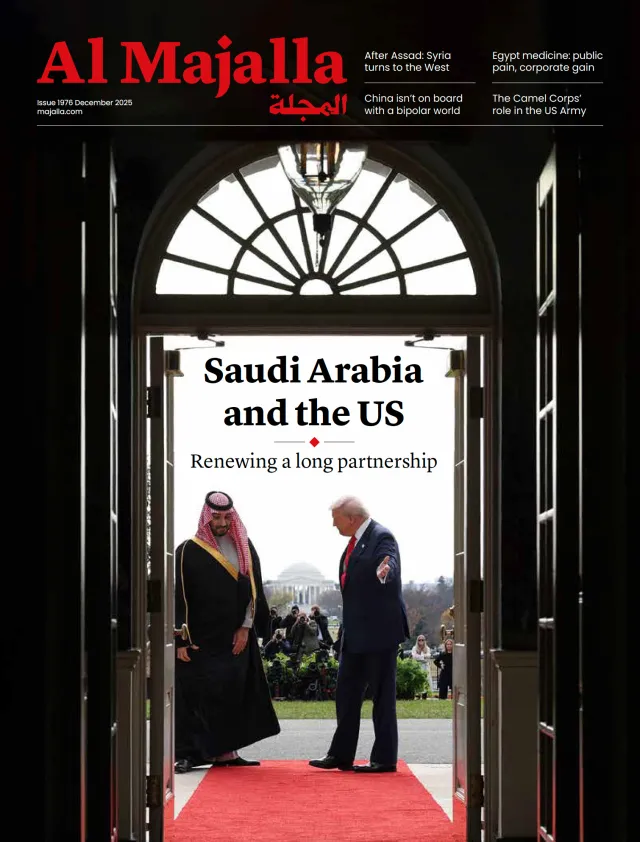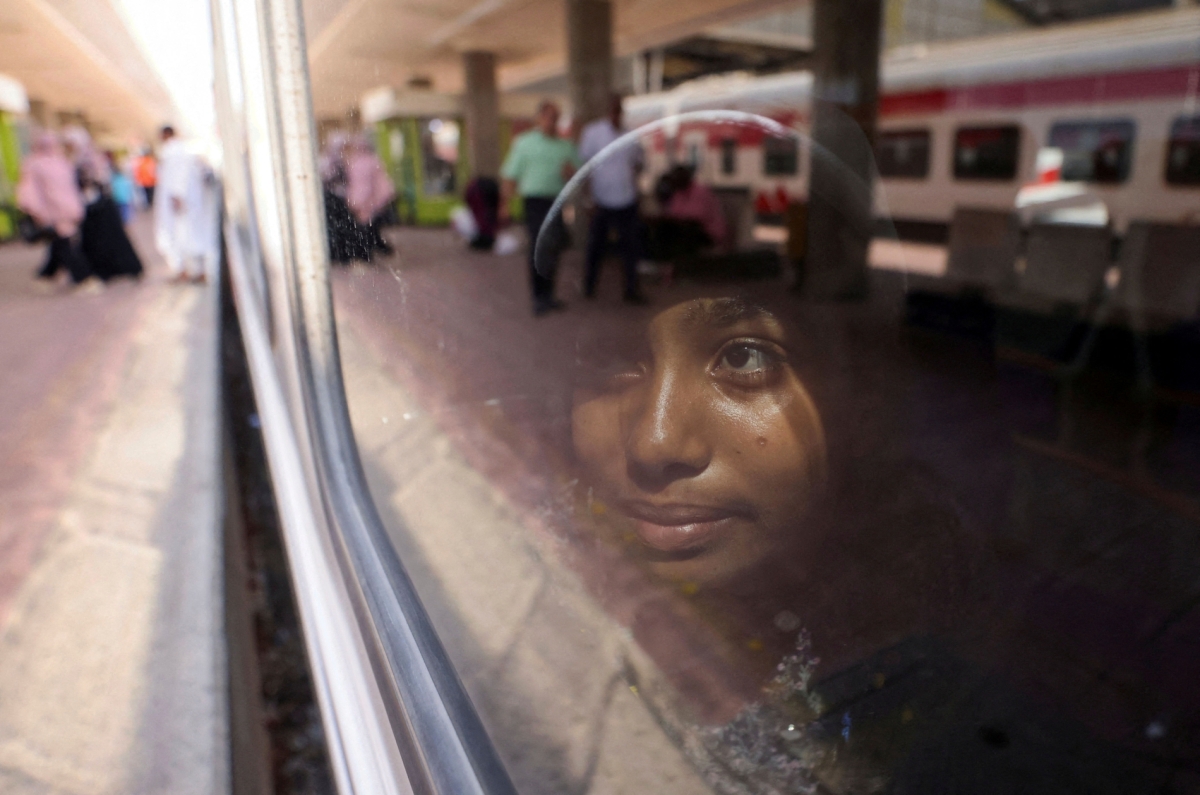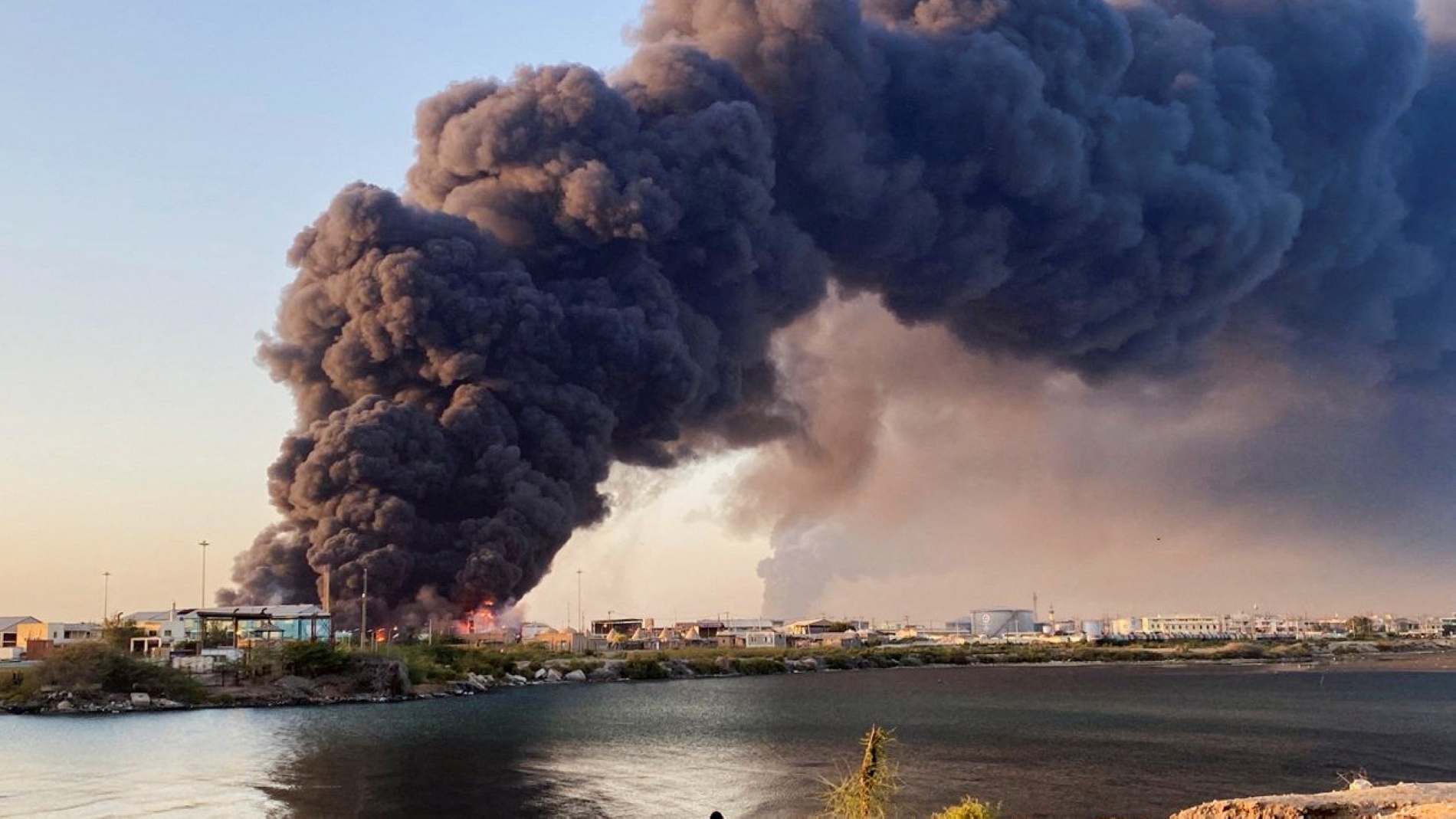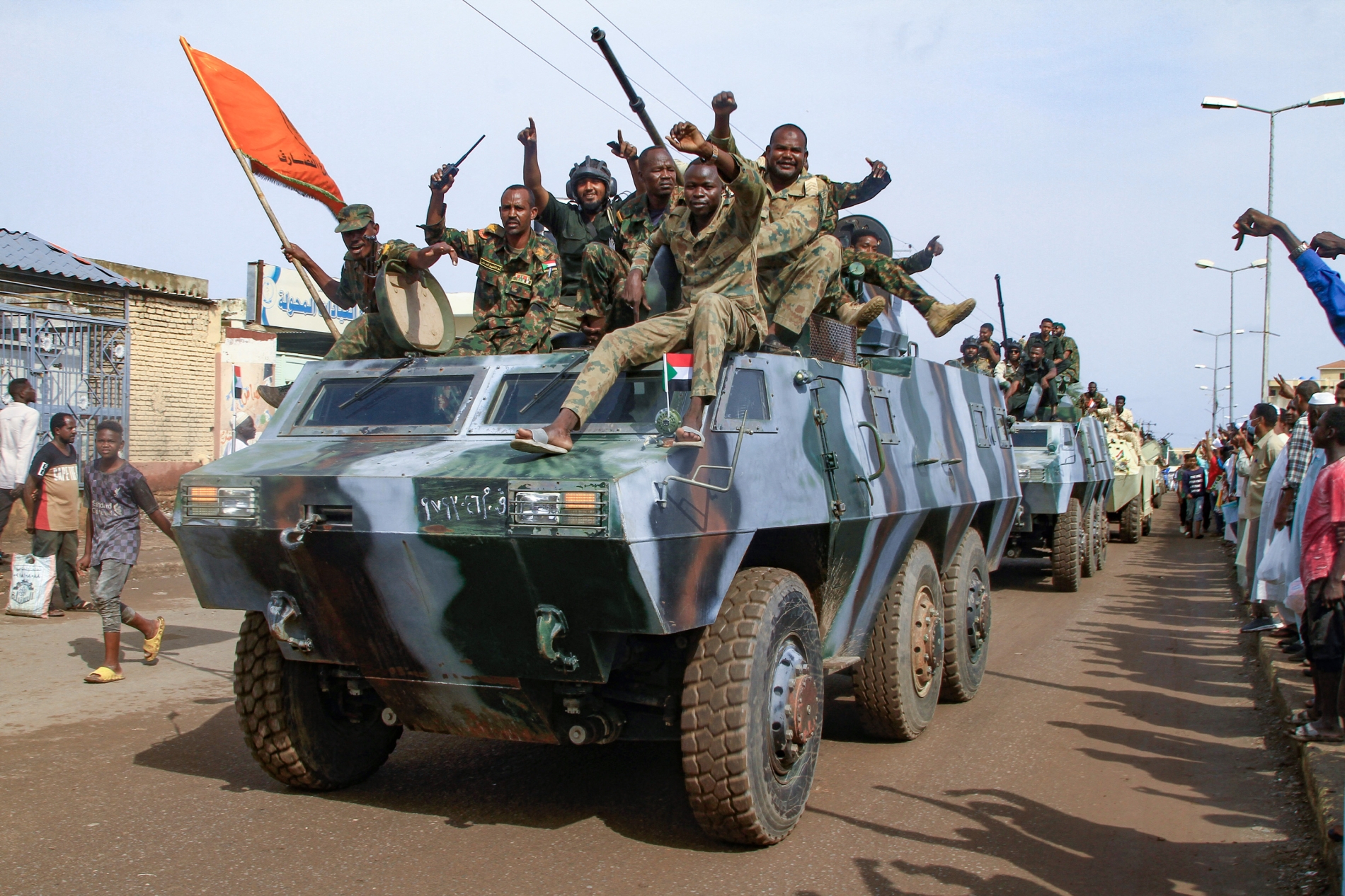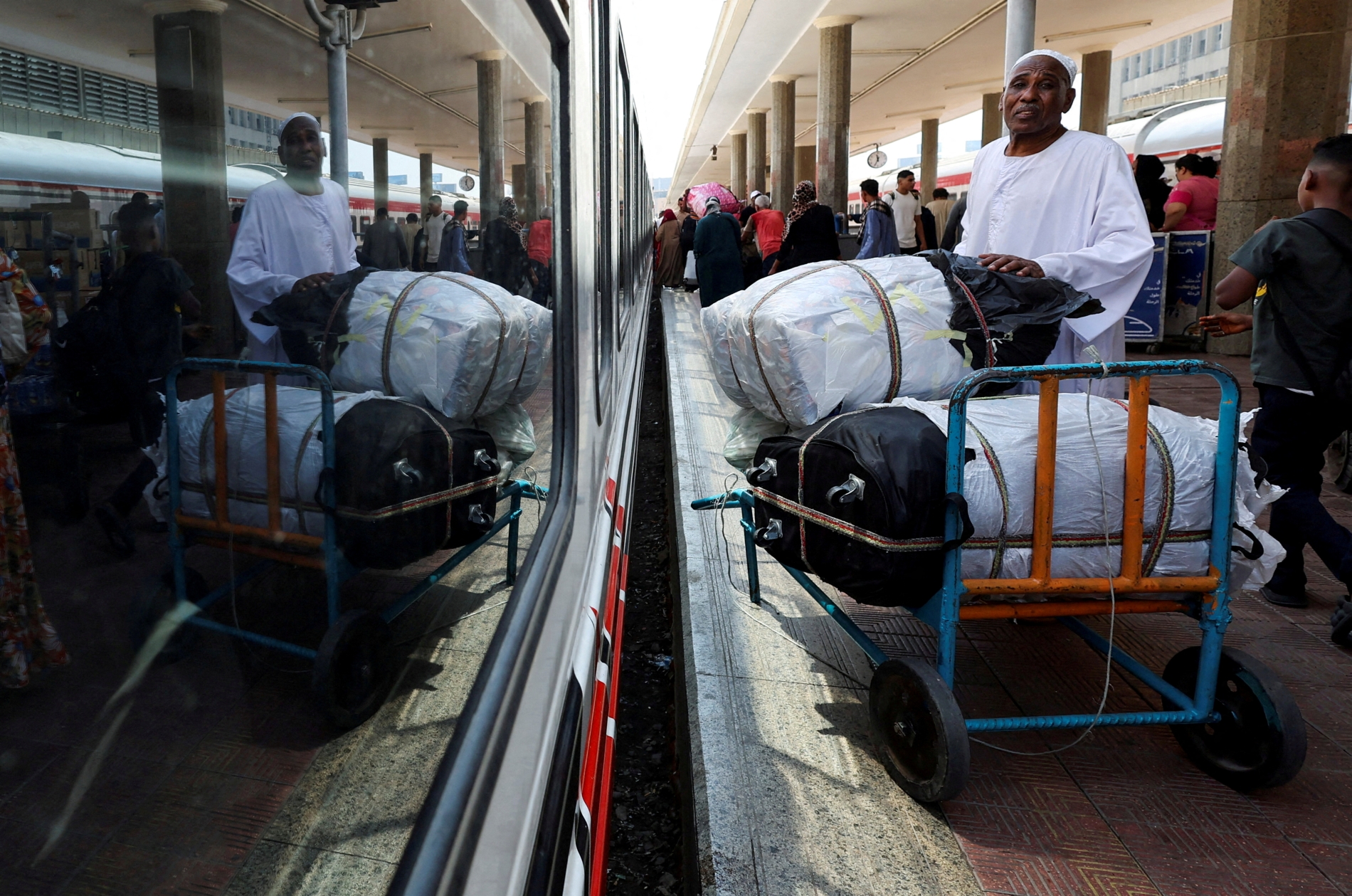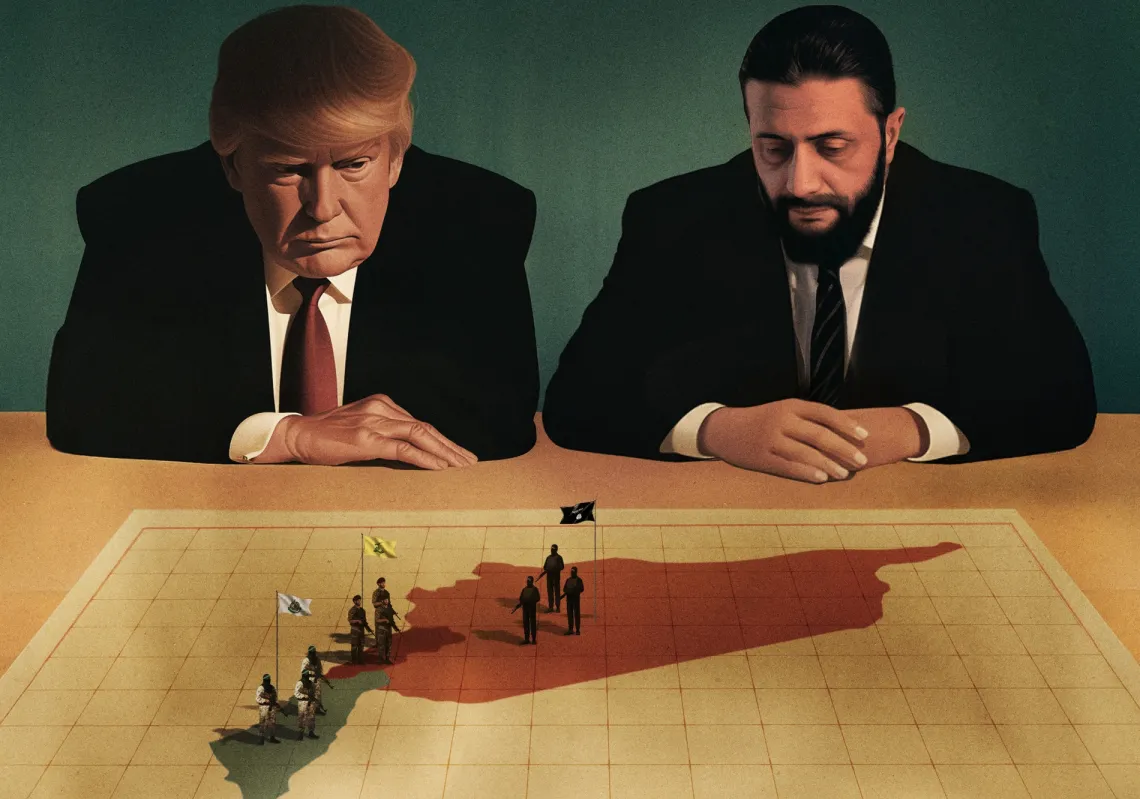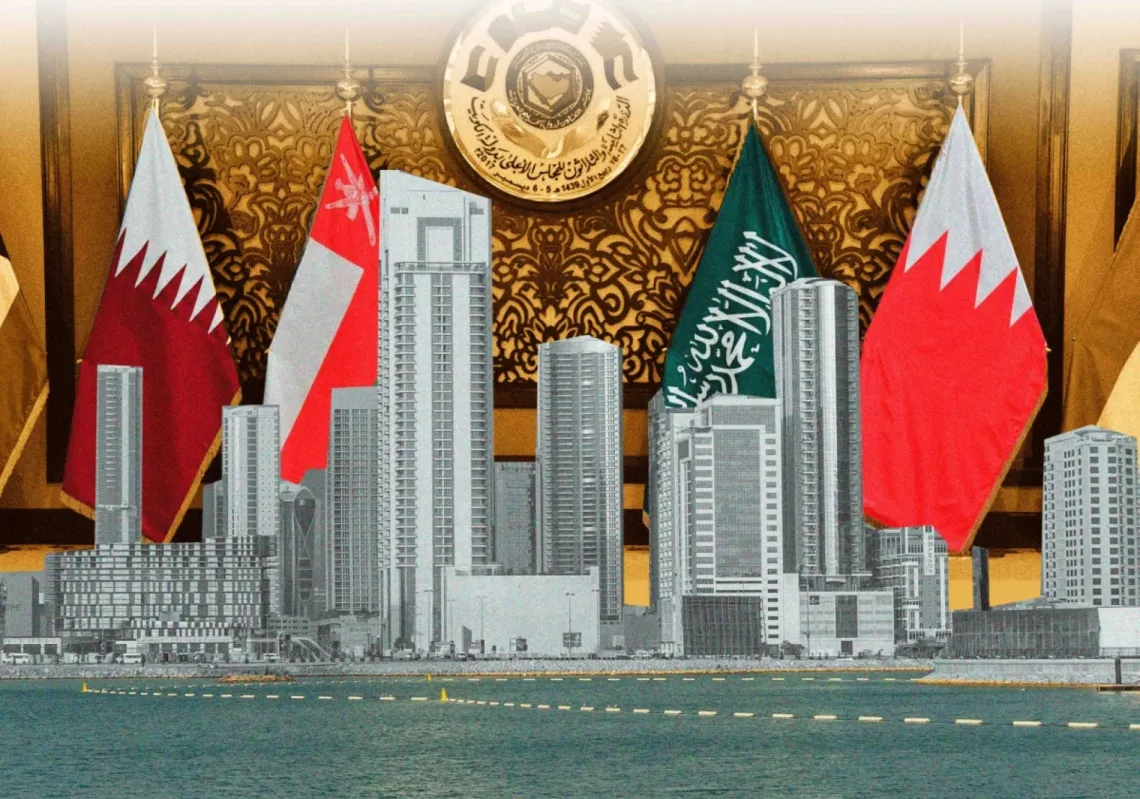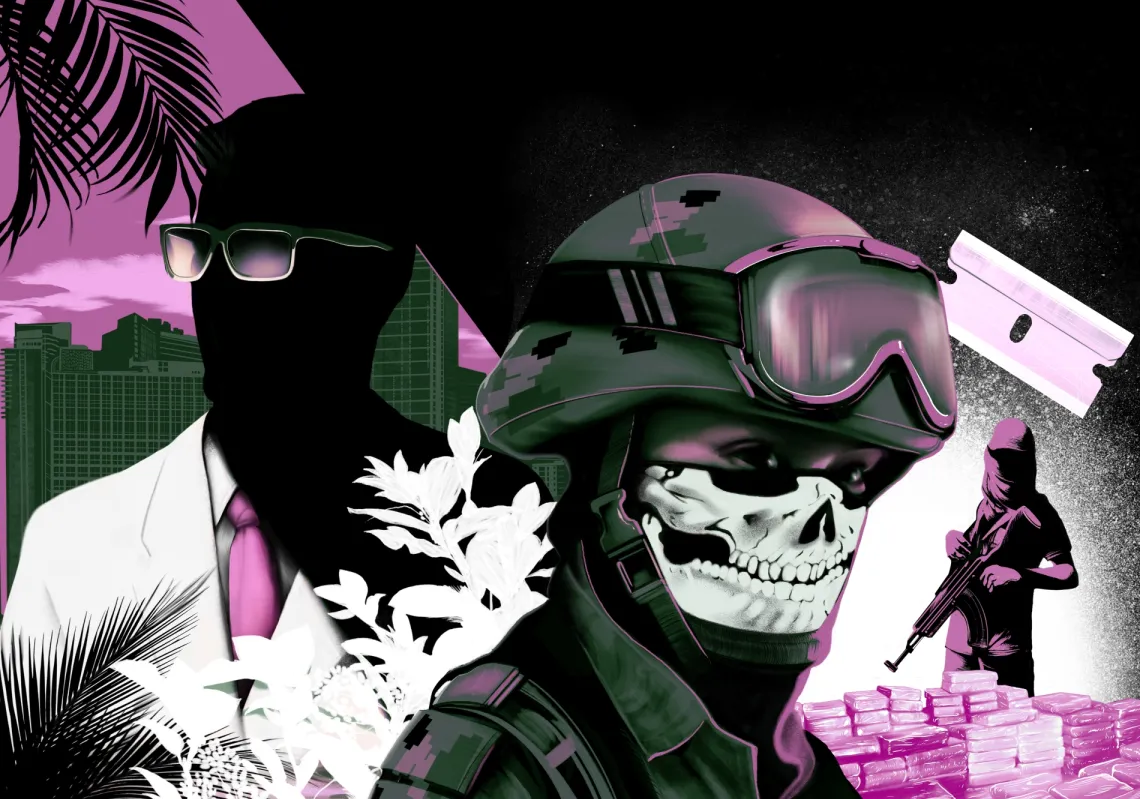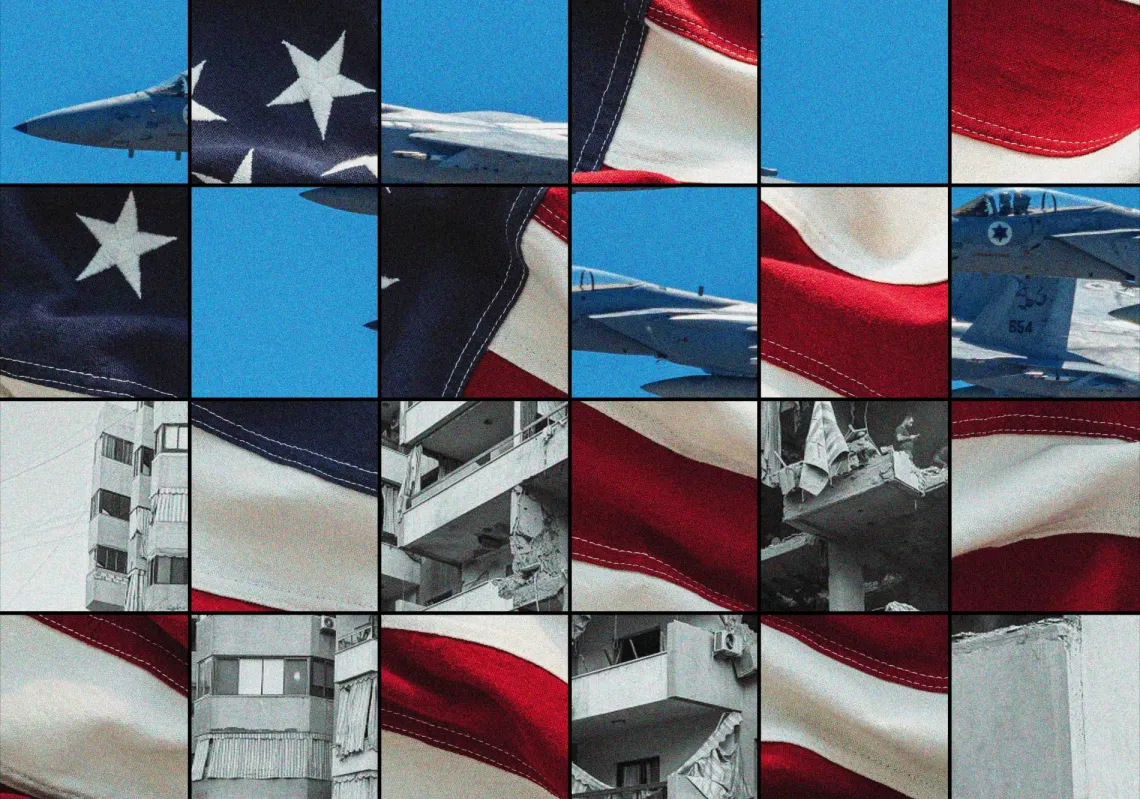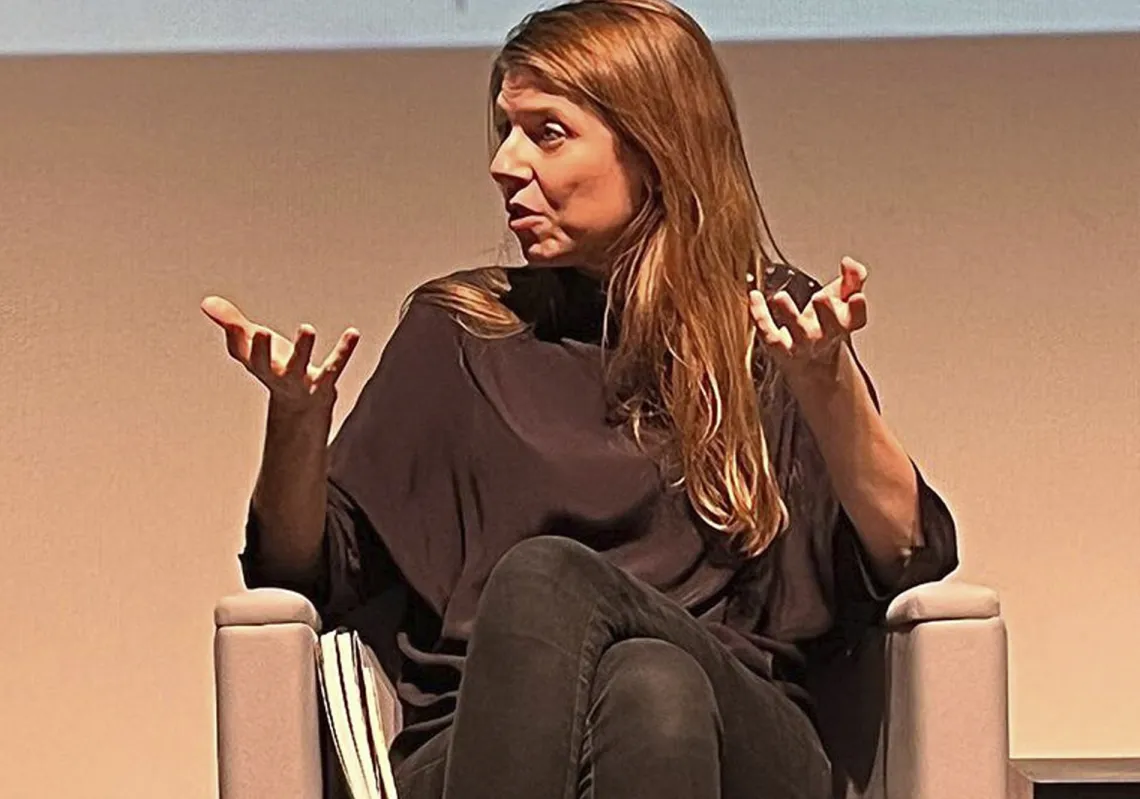On 26 July, Sudan’s ‘Ta’asis’ alliance, led by Mohamed Hamdan Dagalo, commander of the Rapid Support Forces (RSF), announced the formation of a parallel government to that led by General Abdel Fattah al-Burhan. Dagalo, also known as Hemedti, referred to this parallel government as the ‘Government of Peace’.
The newly declared body consists of a 15-member presidential council chaired by Hemedti, with Abdelaziz al-Hilu, leader of the Sudan People’s Liberation Movement-North, as his deputy. The council includes symbolic governors for Sudan’s various regions—even those beyond the RSF’s current control, which remains confined to parts of Darfur and Kordofan. Mohammed Hassan al-Ta’ayishi, a former member of the Sovereign Council, was appointed head of the Council of Ministers, while retired Major General Fadlallah Burma Nasser, leader of a faction of the Umma Party, was named head of the Legislative Council.
This announcement followed fierce internal disputes within the alliance over the allocation of positions and shares in what many view as a virtual government—reminiscent of what the Andalusian poet, Abu al-Baqa ar-Rundi, once called “titles of a kingdom misplaced.”
The declaration appeared hastily timed, seemingly intended to preempt the meeting of the Quadripartite Group—comprising the US, Saudi Arabia, Egypt, and the UAE—on 30 July to discuss the Sudanese crisis. It seems the alliance’s leaders temporarily set aside their disagreements in order to rush the announcement, hoping to secure mention on the meeting’s agenda, gain recognition, or achieve parity with the official government based in Port Sudan.
Government of Peace
Some political forces aligned with the RSF have begun referring to the ‘Nyala government’ in contrast to the ‘Port Sudan government’. Within this framework, Siddiq Al-Sadiq Al-Mahdi, secretary-general of the ‘Sumoud’ alliance led by former prime minister Abdalla Hamdok, expressed his coalition’s openness to dialogue with the Ta’asis alliance following its announcement, framing it as part of their broader vision for achieving peace and preserving Sudan’s unity.
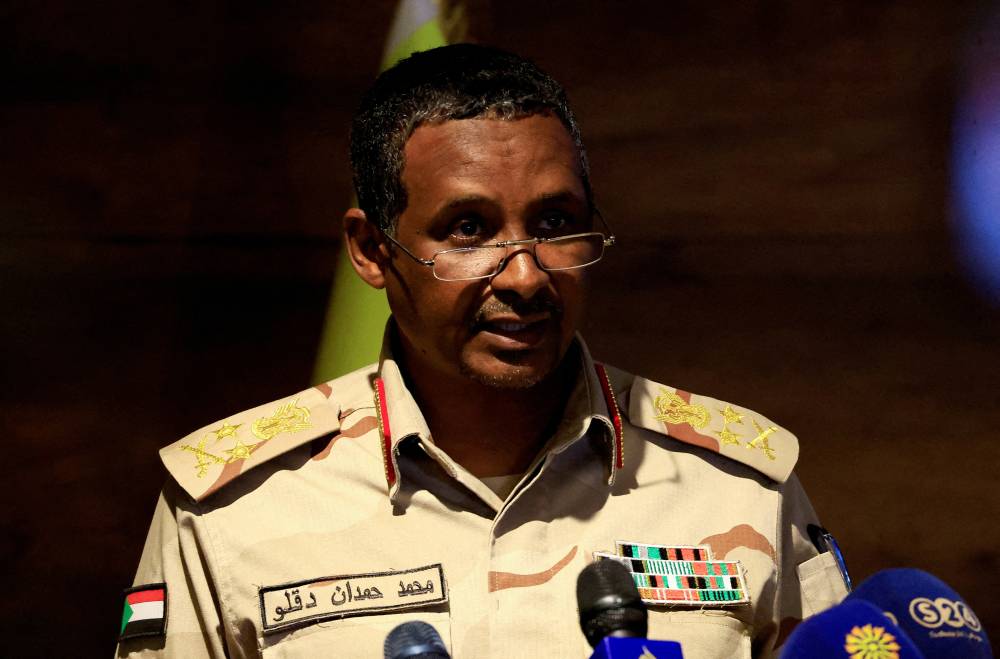
The formation of this parallel government appears intended to recast the external support and sustained military assistance provided by certain regional actors to the RSF in a more politically acceptable guise. Such support has become a source of widespread controversy, placing the backing states in an increasingly precarious position on the global stage, particularly as they are seen to be arming a militia widely accused of committing atrocities, war crimes, and acts of genocide—charges officially recognised by the US government.
By adopting the formal trappings of a government, the RSF and its patrons aim to mitigate the political, diplomatic, and ethical fallout confronting these regional allies. These states, still actively supplying the militia with arms despite international censure, have faced mounting criticism through UN reports and global media investigations. Their involvement has significantly damaged their reputations—despite considerable investments in soft power and global branding—undermined by their complicity in the atrocities enabled by the RSF in Sudan’s protracted conflict.
Seen in this light, the establishment of the so-called ‘Government of Peace’ serves as a strategic move to lend an air of legitimacy to this ongoing support. It allows backing states to reframe their actions in international arenas such as the UN or the African Union, claiming to support a ‘government’ working towards peace and stability, rather than merely an armed faction implicated in mass violence.

The declaration of this parallel government also aims to rebrand the RSF as a structured political entity with a vision for governance, distancing it from its well-established reputation as a destabilising armed group. The architects of this shadow administration have sought to promote it through promises of service delivery in the areas under their control.
Whitewashing violence
Yet, the reality starkly contrasts with these claims: the RSF has demonstrably failed to establish any credible form of governance in the territories it occupies.
When the RSF seized control of Khartoum State, the result was a descent into chaos and unrestrained violence. Thousands of civilians were killed or displaced, homes were invaded and looted, and an unprecedented wave of sexual violence and rape was unleashed. Civilian infrastructure—ranging from water and electricity facilities to hospitals—was systematically destroyed. The looting and devastation of the National Museum, resulting in the loss of cultural artefacts representing over seven thousand years of history, stands as a tragic symbol of this rampage.
These atrocities extended far beyond the capital. In Al-Jazirah State, similar horrors unfolded during the RSF occupation, including massacres in villages such as Al-Sariha and Wad Al-Noura, accompanied by looting, rape, and forced displacement. In Darfur, cities like Nyala, Zalingei, and El Daein remain mired in systematic sexual violence, repeated assaults, and armed robberies perpetrated by RSF elements.

